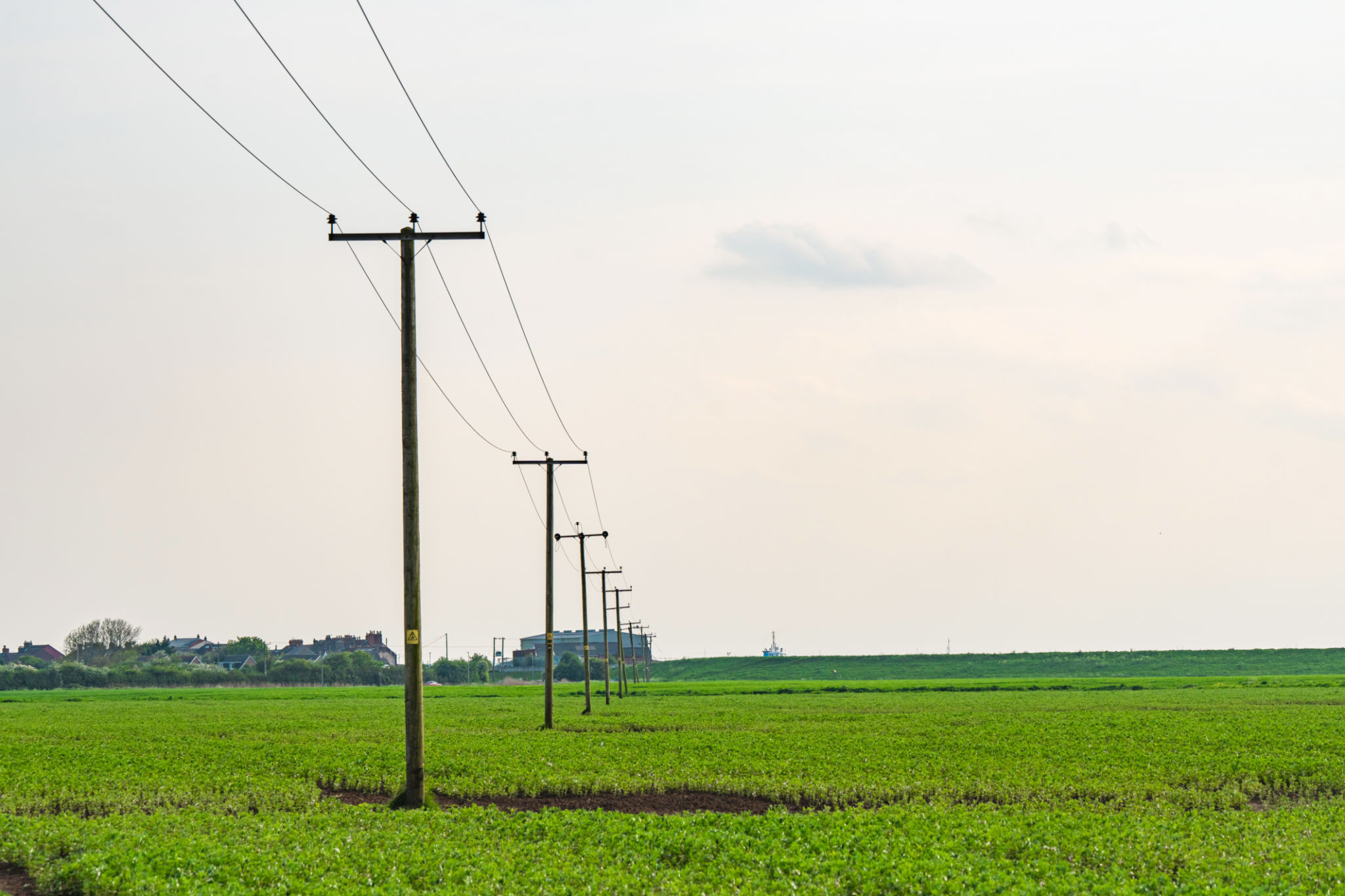Understanding DSL: The Reliable Choice for Rural Internet
ET
Understanding DSL: The Reliable Choice for Rural Internet
In the age of digital connectivity, having access to reliable internet is no longer a luxury but a necessity. This is especially true for rural areas where options may be limited, making it crucial to understand the available technologies. Among these, Digital Subscriber Line (DSL) stands out as a dependable choice for many rural residents.

What is DSL?
DSL, or Digital Subscriber Line, is a type of internet connection that transmits data over traditional copper telephone lines. Unlike dial-up connections, which also use telephone lines, DSL allows you to use the internet and your phone line simultaneously without interference. This makes it an ideal solution for those living in rural areas who need consistent and reliable internet access.
One of the primary benefits of DSL is its widespread availability in areas where other high-speed options like cable or fiber-optic connections are not accessible. Most rural communities already have existing telephone infrastructure, allowing DSL providers to extend their services without extensive additional setup, making it a practical choice for many households.

How DSL Works
DSL technology works by splitting your phone line into separate channels for voice and data. This separation allows users to make phone calls while simultaneously accessing the internet. The data transmission occurs at a higher frequency than voice communication, which means it doesn't interfere with phone calls.
There are several different types of DSL, including Asymmetric DSL (ADSL), Symmetric DSL (SDSL), and Very High Bitrate DSL (VDSL). Each type offers varying speeds and capabilities, with ADSL being the most common in residential areas due to its ability to provide higher download speeds than upload speeds, aligning with typical user needs.
Advantages of DSL for Rural Areas
One of the main advantages of DSL in rural areas is its affordability. Because it utilizes existing telephone lines, the cost of infrastructure is significantly lower than that of laying new cable or fiber-optic lines. This means lower costs for both providers and consumers.

Additionally, DSL typically offers consistent speeds, which is crucial for activities such as browsing, streaming, and video conferencing. While it may not reach the ultra-high speeds of fiber connections, it provides a reliable service that meets the everyday needs of most users in rural settings.
Considerations and Limitations
While DSL presents numerous benefits, it's important to consider some limitations. One consideration is that DSL speeds can vary depending on your distance from the provider's central office. The further away you are, the slower your connection might be. Thus, proximity to infrastructure can impact service quality.
Another limitation is that while DSL can support multiple devices, the bandwidth is shared among them. This means that during peak usage times or when several devices are connected simultaneously, you might experience reduced speeds.
Conclusion: Is DSL Right for You?
Ultimately, whether DSL is the right choice depends on your specific needs and circumstances. For many rural residents, DSL provides a balance of cost-effectiveness and reliability that other options cannot match. It's a technology that leverages existing infrastructure to bridge the digital divide, ensuring that even those in less populated areas can stay connected to the world.
If you're considering switching to or starting with DSL in your rural home, it's advisable to contact local providers to understand the specific services offered and any potential installation requirements. With informed choices, you can enjoy a more connected home life, regardless of your location.
